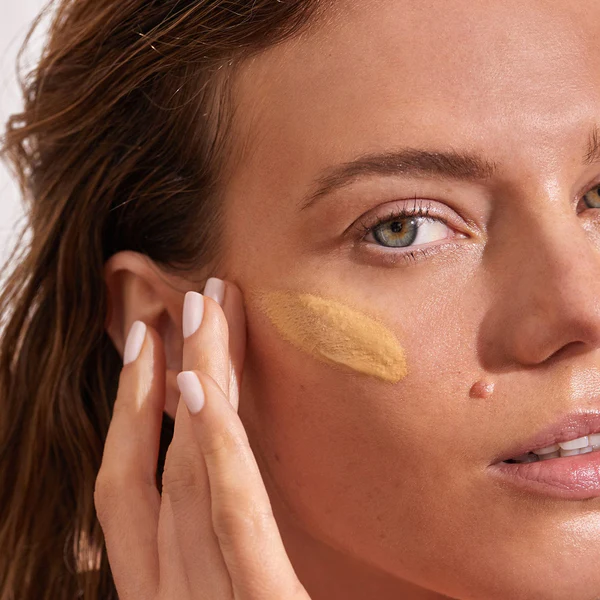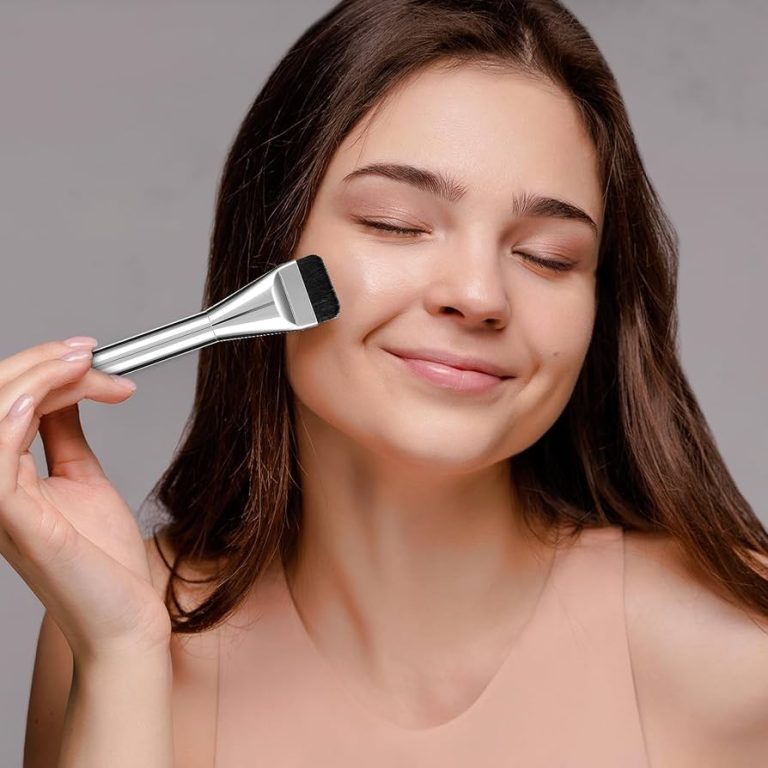
Identifying Expired Foundation: A How-To Guide
The Importance of Foundation Expiration
Foundation serves as the cornerstone of many makeup routines, providing a smooth canvas for other products. However, like all cosmetics, foundation has a limited shelf life. Using expired foundation can lead to skin irritation, breakouts, and an uneven application. Understanding how long foundation lasts helps maintain skin health and ensures the best makeup results. Many factors influence foundation longevity, including ingredients, packaging, and storage conditions.
By learning about these factors, makeup enthusiasts can make informed decisions about when to replace their foundation. Additionally, recognizing the signs of expired foundation prevents unnecessary waste and potential skin issues. This knowledge empowers users to maximize their investment in makeup while prioritizing skin health. Moreover, being aware of foundation expiration dates contributes to a more hygienic and effective makeup routine overall.
Average Shelf Life of Different Foundation Types
Different types of foundation have varying shelf lives due to their formulations. Liquid foundations typically last between 6 to 12 months after opening. Their water-based nature makes them more susceptible to bacterial growth. Cream foundations, with their thicker consistency, can last up to 18 months. Powder foundations boast the longest shelf life, often remaining usable for up to 24 months. Stick foundations fall in the middle range, lasting about 12 to 18 months.
Oil-based foundations generally have a shorter lifespan of 6 to 8 months due to the risk of rancidity. Mineral foundations, being free from most preservatives, usually last around 12 months. Water-based foundations tend to expire faster, typically within 6 to 8 months. Understanding these timelines helps users plan their makeup purchases and usage more effectively. However, it’s crucial to note that these are general guidelines, and individual products may vary based on specific formulations and preservatives used.
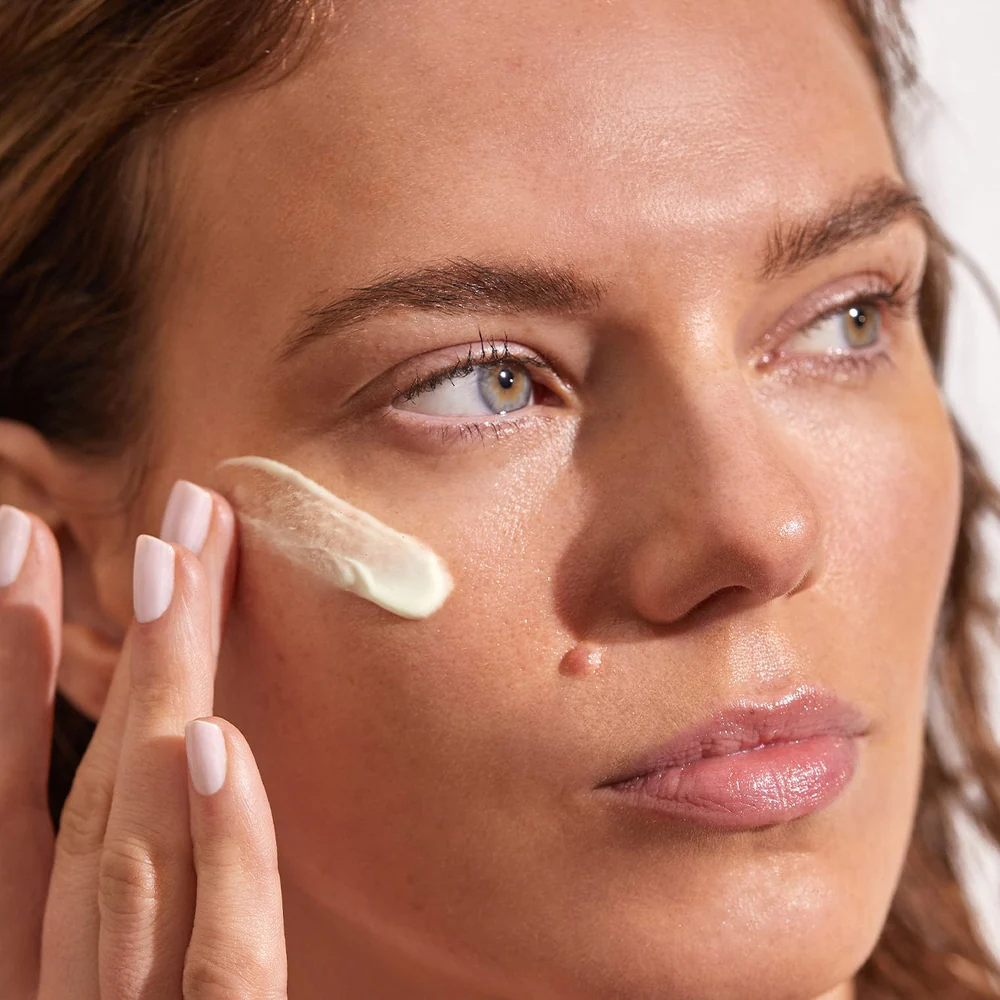
Factors Affecting Foundation Longevity
Several factors influence how long foundations remains usable. Storage conditions play a significant role in foundation longevity. Exposure to heat, sunlight, and humidity can degrade the product faster. Proper storage in a cool, dry place away from direct sunlight helps extend shelf life. The type of packaging also affects longevity. Airtight pumps protect the product better than open-mouth bottles or jars.
Preservatives used in the formulation impact how long the foundation stays fresh. Natural or organic foundations with fewer preservatives may expire faster than conventional ones. Frequency of use and application method also affect lifespan. Regularly dipping fingers into the product introduces bacteria, potentially shortening its usable life. Using clean brushes or sponges for application helps maintain product integrity. Additionally, the water content in the foundation influences its shelf life, with higher water content generally leading to a shorter lifespan.
Signs That Foundation Has Expired
Recognizing when foundation has expired is crucial for maintaining skin health. Several signs indicate that it’s time to replace foundation. Changes in color or texture are primary indicators of expiration. If the foundation appears separated, clumpy, or has an unusual odor, it’s likely past its prime. Alterations in the product’s consistency, such as becoming too thick or watery, signal degradation. An unpleasant or rancid smell is a clear sign that the foundations has gone bad. Changes in application, such as streakiness or patchiness, may indicate expiration. If the foundation causes skin irritation, redness, or breakouts when it didn’t before, it’s time to discard it. Mold growth, visible as specks or fuzzy patches, is a definite sign of expiration. Additionally, if the foundation no longer matches your skin tone as it did initially, it may have oxidized and should be replaced. Paying attention to these signs helps maintain a safe and effective makeup routine.
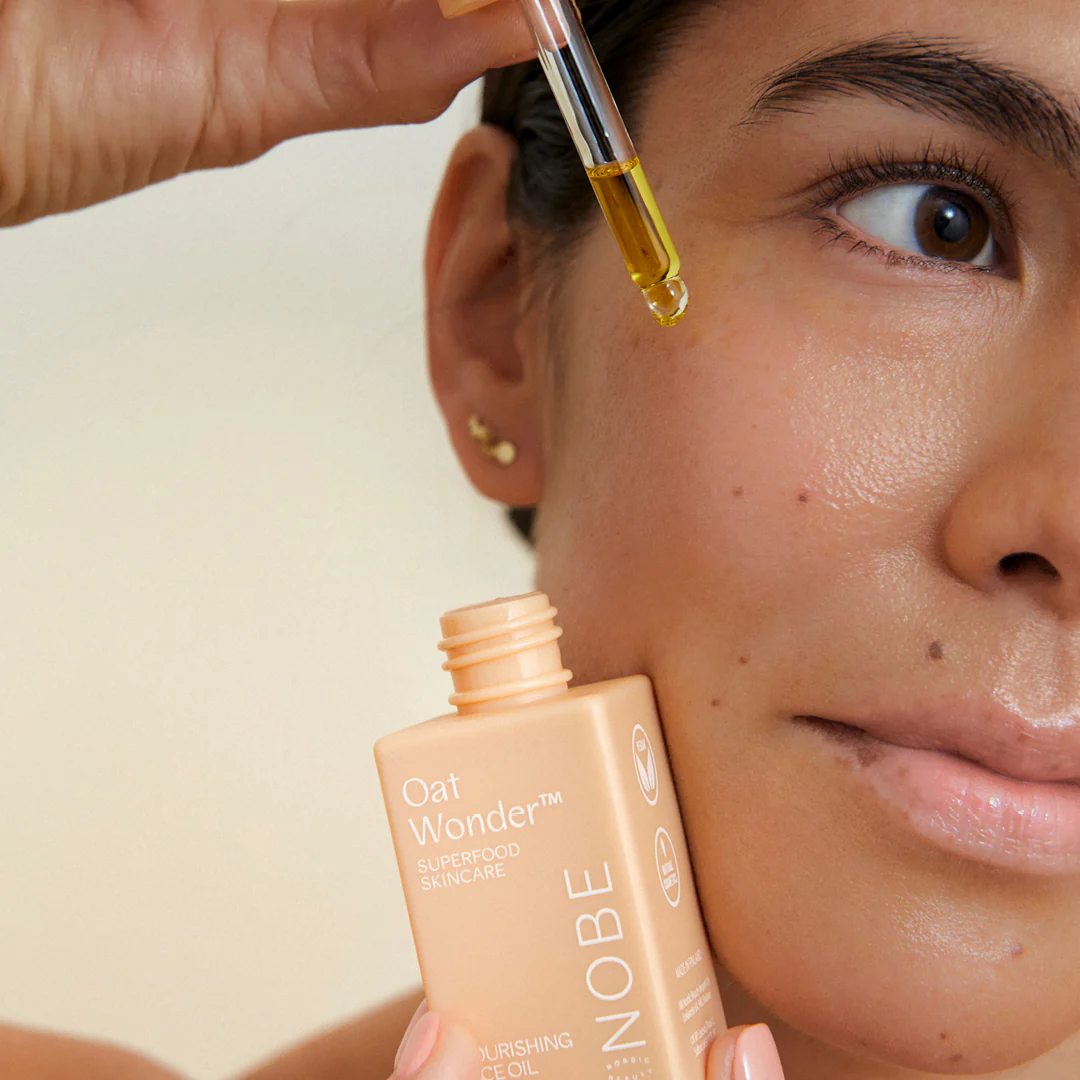
The Role of Preservatives in Foundation Shelf Life
Preservatives play a crucial role in extending the shelf life of foundation. These ingredients prevent the growth of harmful bacteria, mold, and yeast in the product. Common preservatives in foundation include parabens, phenoxyethanol, and formaldehyde-releasing agents. While some consumers prefer products without these traditional preservatives, they often have shorter shelf lives. Natural preservatives like vitamin E, rosemary extract, and grapefruit seed extract are becoming more popular.
However, they may not be as effective as synthetic options in prolonging shelf life. The type and concentration of preservatives used affect how long the foundation remains usable. Products with stronger preservative systems generally last longer but may cause irritation in sensitive skin. The effectiveness of preservatives can diminish over time, especially if the product is exposed to air or contaminants. Understanding the role of preservatives helps users make informed choices about the products they use and how long to keep them.
Proper Storage Techniques for Extended Foundations Life
Proper storage significantly impacts foundations longevity. Keeping foundation in a cool, dry place away from direct sunlight helps preserve its quality. Bathroom storage, while convenient, exposes makeup to humidity and temperature fluctuations, potentially shortening its lifespan. Instead, consider storing foundation in a bedroom drawer or dedicated makeup storage area. Tightly closing the container after each use prevents air and bacteria from entering.
For pump bottles, avoid removing the pump to prevent contamination. Store foundation upright to prevent leakage and maintain proper mixing of ingredients. Consider using a small spatula or spoon to dispense product from jars, minimizing finger contact. Cleaning the bottle’s nozzle or jar’s rim regularly prevents product buildup and bacterial growth. For travel, use sealed containers to prevent leakage and exposure to varying environmental conditions. Proper storage not only extends the life of foundation but also ensures its effectiveness and safety throughout its usable period.
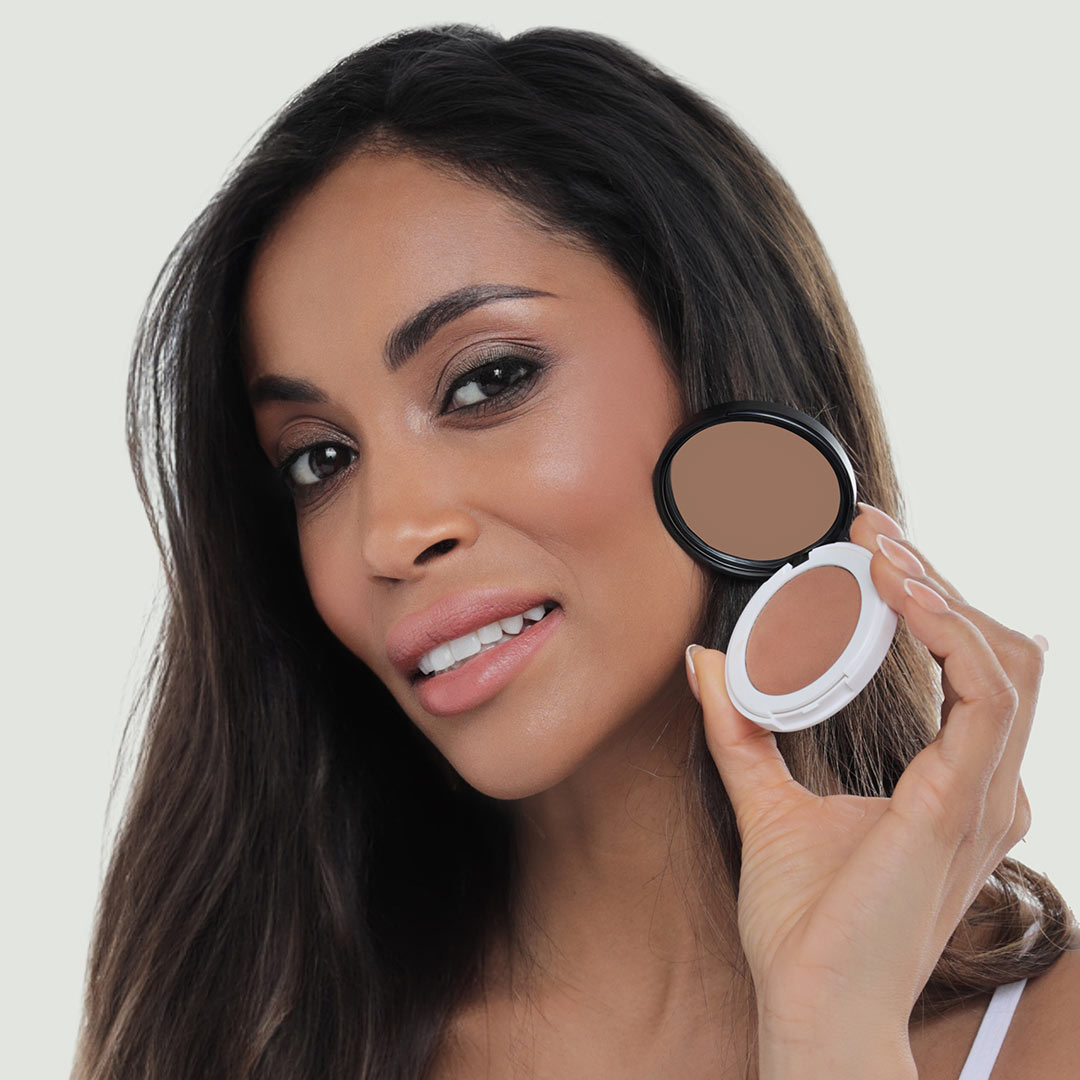
The Impact of Application Tools on Foundations Longevity
The tools used to apply foundations can significantly affect its shelf life. Using clean brushes, sponges, or applicators helps prevent the introduction of bacteria into the product. Regularly washing makeup tools, ideally after each use, maintains hygiene. Avoid sharing foundation or application tools to prevent cross-contamination. When using fingers to apply foundation, ensure hands are clean to minimize bacterial transfer.
Consider using disposable applicators for cream or stick foundations to maintain product cleanliness. If using a beauty blender or sponge, ensure it’s completely dry before storage to prevent mold growth. Clean pump dispensers or dropper applicators regularly to prevent product buildup. For powder foundations, use clean brushes and avoid introducing moisture into the compact. Proper care of application tools not only extends foundation life but also promotes better skin health. Additionally, using the right tools for each foundation type ensures optimal application and reduces waste.
The Relationship Between Skin Type and Foundation Expiration
Skin type plays a role in how quickly foundations expires once opened. Oily skin tends to break down foundation faster due to increased sebum production. This can lead to quicker bacterial growth in the product. Dry skin, on the other hand, may allow foundation to last slightly longer as there’s less oil to interact with the product. Combination skin presents unique challenges, potentially causing foundation to expire at different rates across the face.
Sensitive skin may react to preservatives, making it crucial to replace foundation more frequently to avoid irritation. Acne-prone skin benefits from more frequent foundation replacement to prevent pore-clogging and breakouts. Mature skin, with its unique needs, may require specialized foundations that could have different expiration timelines. Understanding how skin type interacts with foundation helps users make informed decisions about product replacement. Additionally, matching foundation type to skin type can help maximize product lifespan and effectiveness.

The Connection Between Foundation Cost and Longevity
The price of foundations doesn’t necessarily correlate with a longer shelf life. High-end foundations may contain more sophisticated ingredients but don’t always last longer than drugstore options. The key factor in longevity is the preservative system used, which can be effective in both expensive and affordable products. Some luxury brands use higher-quality packaging that better protects the product, potentially extending its life. However, proper storage and handling matter more than initial cost in determining how long foundations remains usable.
Expensive foundations might use more delicate or natural ingredients, which could actually shorten their shelf life. Conversely, some affordable foundations use robust preservative systems that extend their usability. The real value lies in finding a foundations that suits your skin type and needs, regardless of price point. Consider factors like packaging, ingredient list, and preservative system when assessing a foundation’s potential longevity. Remember that even the most expensive foundations will expire if not stored and used properly.
Best Practices for Maximizing Foundations Shelf Life
Adopting certain habits can help maximize the shelf life of foundations. Always check the expiration date or period-after-opening symbol when purchasing new foundations. Write the opening date on the bottle to track usage time. Avoid pumping mascara wands or foundations brushes in and out of the container, as this introduces air and bacteria. Instead, gently squeeze the product out or use a clean spatula. Keep foundation away from heat sources like sunny windowsills or hot car interiors.
Consider storing foundation in the refrigerator, especially during hot summer months, to extend its life. Regularly clean the nozzle or rim of the foundations container to prevent product buildup. Use the appropriate amount of product to avoid unnecessary exposure to air and contaminants. If the foundation starts to smell off or change texture, discard it immediately regardless of the expiration date. By following these best practices, users can ensure their foundations remains safe and effective for as long as possible, maximizing their investment and maintaining skin health.
